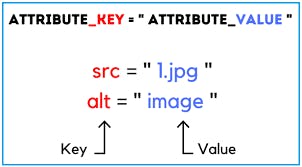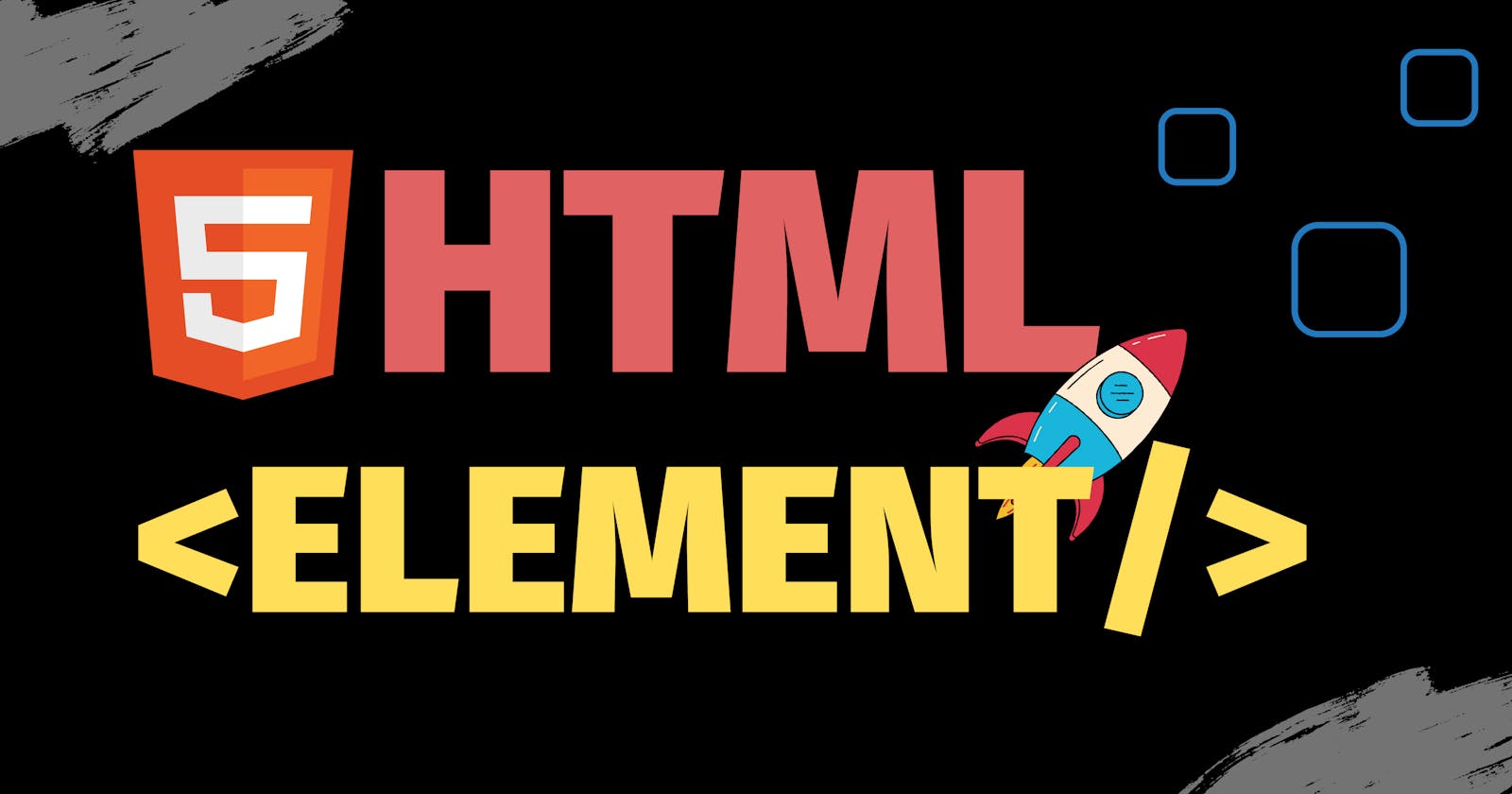HTML elements are the building blocks of HTML documents and are used to define the structure and content of a web page. They are represented by tags in the HTML code and can contain other HTML elements, text, and attributes.

There are many different types of HTML elements, each with a specific purpose. Some common elements include:
Headings: Heading elements are used to define the headings of a web page and are represented by the
h1,h2,h3,h4,h5, andh6tags. Theh1element represents the most important heading and should be used for the main heading of the page, while theh2throughh6elements represent subheadings of decreasing importance.Paragraphs: Paragraph elements are used to define blocks of text and are represented by the
ptag. Paragraphs are usually displayed as separate blocks of text on the web page, with a blank line above and below the paragraph.Lists: List elements are used to define lists of items and are represented by the
ul,ol, andlitags. Theulelement represents an unordered list, which is a list of items with bullet points. Theolelement represents an ordered list, which is a list of items with numbers or letters. Thelielement represents a list item and is used to contain each item in the list.Tables: Table elements are used to display data in a grid and are represented by the
table,tr,th, andtdtags. Thetableelement represents the entire table, thetrelement represents a row in the table, thethelement represents a table heading, and thetdelement represents a table cell.
HTML elements can also have attributes, which are used to provide additional information about the element. Attributes are added to the opening tag of the element and have the format name="value". For example, the href attribute is used to specify a link for an anchor element, and the src attribute is used to specify the source of an image element.

In conclusion, HTML elements are an essential part of web development and are used to define the structure and content of a web page. They can contain other HTML elements, text, and attributes, and can be used to add advanced features to a web page. It's important to use HTML elements correctly and consistently in order to create well-structured and accessible web pages.
Thank you for reading ...
I hope this blog will help you in your coding journey 😊😊
